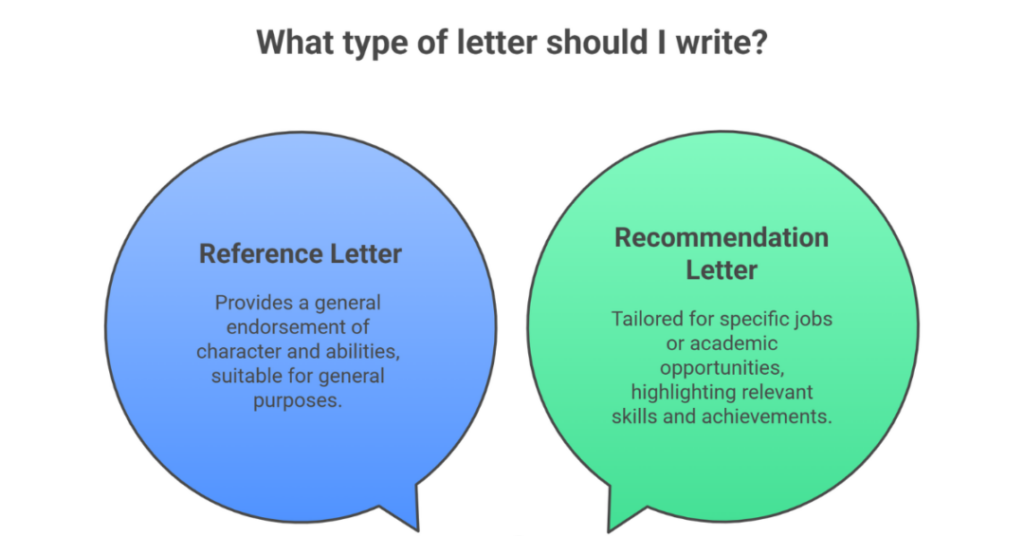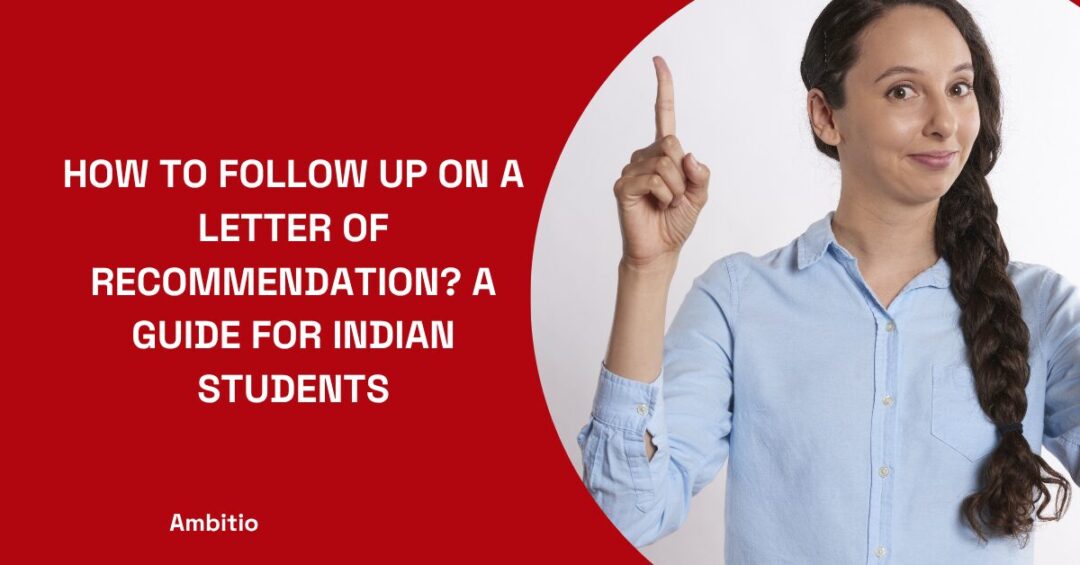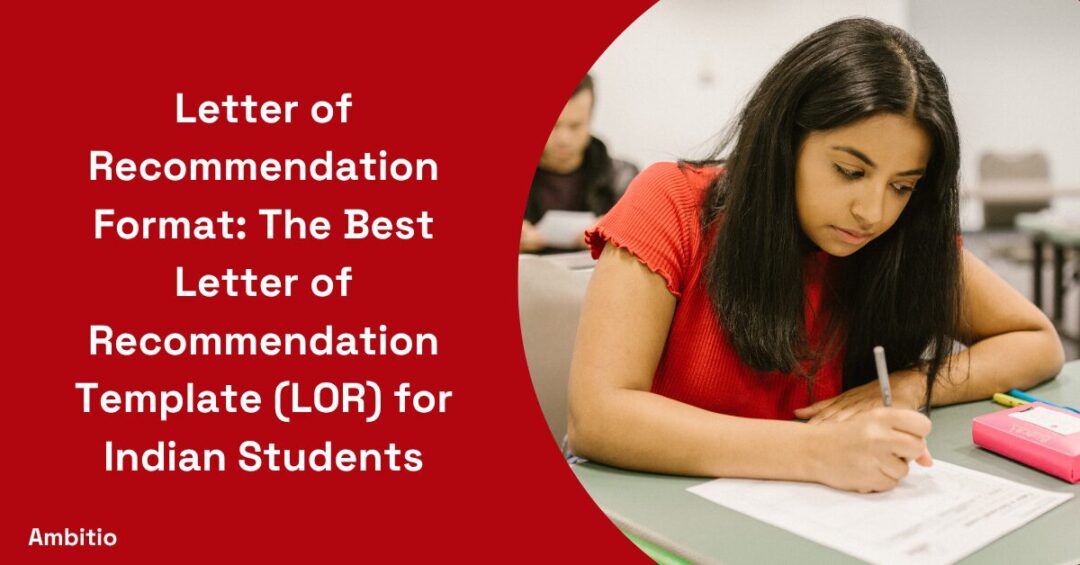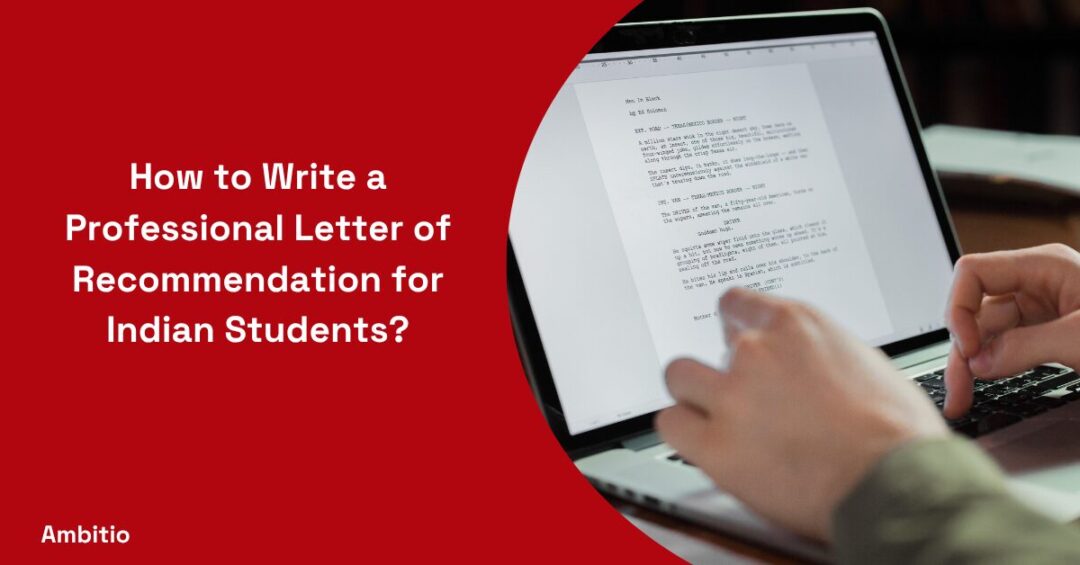22 July 2025
7 minutes read
Understanding the Difference Between a Reference Letter and a Letter of Recommendation

Key Takeaways
- Difference between letter of recommendation and reference letter: one is specific to a role, the other is general and flexible.
- Use a reference letter for broad applications and a recommendation letter for targeted opportunities.
- Choose referees who know you well to ensure your qualifications are highlighted effectively.
In today’s competitive job and academic markets, understanding the nuances between a reference letter and a letter of recommendation can be crucial. Both play a significant role in providing a third-party endorsement of your skills, character, and experience.
However, their uses and contents can vastly differ, affecting how your application is perceived by potential employers or admissions committees. This comprehensive guide will explore these differences, offering insights into how to effectively use each type of letter to your advantage.
What is a Reference Letter?
A reference letter is a general document, usually written by someone who knows you well enough to vouch for your abilities and character. Unlike a targeted letter of recommendation for indian students, a reference letter is often used for employment, job applications, internships, scholarships, or academic admission.

It can bolster your application by explaining the great qualities you bring, including specific examples, even if it’s not addressed to a specific hiring manager or program. Reference letters and recommendation letters differ; knowing the difference helps you choose when to use a letter of reference or ask for a recommendation for a particular role.
Understanding the General Endorsement
A reference letter, sometimes called a “letter of reference,” is a document that provides a general endorsement of an individual’s character and qualifications. Often, it’s used in situations where a broad overview of your capabilities is needed rather than specific details.
Components of a Reference Letter
A typical reference letter will include the writer’s relationship to you, and an overview of your general qualifications, work ethic, and character. It might also mention your dates of employment, job title, and basic responsibilities. However, it usually lacks the detailed examples and tailored narrative found in a recommendation letter.
What is a Letter of Recommendation?
A letter of recommendation is a targeted document written by a letter writer to endorse a candidate for a particular job, academic program, or scholarship for international students. Unlike a reference letter, which is general in nature, this letter is usually written with a specific purpose, focusing on qualifications for a particular role, work environment, or opportunity at hand.
It can make all the difference in the application process by aligning with the resume and cover letter and providing a detailed, credible endorsement. Knowing the difference between the two helps you decide when to ask for a letter or use a reference letter.
Tailoring to Specific Opportunities
In contrast to the reference letter, a letter of recommendation is a bespoke document, usually tailored to a specific job or academic application. It serves as a strong endorsement of your abilities and qualifications, specifically aligned with the requirements of the position or program.
What Makes a Strong Letter of Recommendation?
A strong letter of recommendation goes beyond general praise, providing specific examples of your achievements and how they make you an ideal candidate for the position. It should align closely with the job or program requirements, highlighting your relevant skills and experiences.
Reference Letter vs Letter of Recommendation: Key Differences
When navigating the job market or academic admissions, many candidates get confused between a reference letter and a recommendation letter. While both support your application, their purpose, tone, and level of detail differ significantly.
Knowing these differences helps you choose the right one to strengthen your application and make all the difference in the selection process.
| Criteria | Reference Letter | Letter of Recommendation |
|---|---|---|
| Definition | A general endorsement of a person’s character and overall abilities. | A tailored endorsement for a specific job or academic opportunity. |
| Purpose | To provide a broad overview suitable for various situations. | To support a specific application, demonstrating fit for the role or program. |
| Content Focus | General qualifications, character, work ethic, basic responsibilities. | Specific skills, achievements, and examples aligned with the job/program requirements. |
| Detail Level | Broad and more general. | Detailed and specific to the opportunity. |
| Customization | Less personalized; can be used for multiple applications. | Highly personalized to match the specific requirements of the opportunity. |
| Writer’s Relationship | May come from someone with a general knowledge of the candidate. | Should be from someone who has closely worked with or taught the candidate. |
| Usage Scenarios | When a candidate needs a letter for various or unspecified opportunities. | When a candidate applies for a specific job or academic program. |
| Impact on Applications | Provides a general endorsement, less impactful for specific roles. | Strongly influences the candidate’s suitability for the specific role or program. |
| Examples Provided | Less likely to include detailed examples. | Includes detailed examples demonstrating the candidate’s skills and achievements. |
| Typical Length | Often shorter and more concise. | Usually longer, it provides in-depth insights and examples. |
| Flexibility | More flexible in use across different applications. | Tailored for a specific application, not generally reusable. |
Specificity and Purpose
The most significant difference lies in their specificity and intended purpose. Reference letters offer a broad view of your abilities and are applicable in various situations. In contrast, recommendation letters are highly specific, focusing on your suitability for a particular role or program.
Impact on Applications
Understanding this distinction is crucial, as using the wrong type of letter can weaken your application. A generic reference letter might fail to impress in situations where a tailored recommendation is expected, while a highly specific recommendation letter might seem out of place in scenarios that call for a general character reference.
How to Write a Letter: Crafting Effective Reference and Recommendation Letters
Writing effective reference and recommendation letters is a skill that can significantly impact someone’s career or academic journey. Whether you are a mentor, supervisor, colleague, or teacher, understanding how to craft these letters is essential.

Here’s a guide to help you write both types of letters effectively.
Understanding the Purpose and Audience
Before you start writing, it’s crucial to understand the purpose of the letter and who the audience is. A reference letter provides a general endorsement of a person’s character and abilities, while a recommendation letter is tailored for a specific job or academic opportunity.
Gathering Information
- For Reference Letters: Collect basic information about the person’s job duties, responsibilities, and general character.
- For Recommendation Letters: Obtain detailed information about the specific job or program the person is applying for. This includes understanding the required skills, experiences, and qualifications.
Structuring the Letter
- Opening: Start with a clear statement of purpose. For a recommendation letter, mention how you know the person and in what capacity.
- Body:
- Reference Letters: Discuss the person’s qualifications, work ethic, and character traits relevant to any professional setting.
- Recommendation Letters: Provide specific examples and stories that highlight the person’s skills and achievements relevant to the specific opportunity. Focus on instances where the individual demonstrated qualities needed for the role or program.
- Conclusion: Summarize why the person is suitable for the opportunity (in case of a recommendation letter) or why they are reliable and competent generally (in reference letters).
Using the Right Tone and Language
- Keep the tone professional yet warm.
- Use clear, concise language. Avoid jargon unless it’s relevant to the specific field or role.
Adding Personal Touch
- In recommendation letters, include personal anecdotes or instances that showcase the individual’s abilities and character.
- In reference letters, you can briefly mention your positive personal interactions with the individual, if any.
Making it Specific and Relevant
- Tailor recommendation letters to the job or academic program. Highlight aspects of the person’s experience that directly align with what the opportunity requires.
- Keep reference letters more general but relevant to the type of positions the individual might apply for.
Offering Endorsement
- Conclude with a strong statement of endorsement. In recommendation letters, be specific about why the person is an ideal fit for the specific role or program.
- In reference letters, affirm your belief in the person’s overall capabilities and character.
Providing Contact Information
- Always include your contact information, offering the recipient the opportunity to reach out for further information.
Proofreading and Formatting
- Ensure the letter is free of grammatical errors and typos.
- Use a professional format and make sure the letter is visually appealing and easy to read.
Sending the Letter Appropriately
- For recommendation letters, ask the candidate how they would like the letter to be sent. Some applications require direct submission from the recommender.
- For reference letters, you can either provide them to the individual or send them to the relevant party, depending on the situation.
When to Request a Reference Letter or a Letter of Recommendation
Assessing Your Needs
The choice between a reference letter and a recommendation letter should be based on your specific needs. If you’re applying for a particular job or program, a tailored recommendation letter is usually more effective. For general purposes, like creating a portfolio, or for situations where the exact opportunity isn’t yet defined, a reference letter is more suitable.
Timing and Preparation
Regardless of the type, request your letters well in advance. Provide your referees with all necessary information, including your resume, the job description or program details, and any relevant achievements they might not be aware of.
Choosing the Right Person for Your Reference or Recommendation Letter
Selecting an Appropriate Referee
The effectiveness of your reference or recommendation letter largely depends on who writes it. Choose individuals who know you well and can speak authoritatively about your skills, work ethic, and achievements.
Guidance for the Referee
When you’ve selected the right person, guide them on the type of letter needed. For recommendation letters, provide specific details about the position or program. For reference letters, a general overview of your strengths and capabilities will suffice.
Conclusion
The distinction between a reference letter and a letter of recommendation is subtle yet significant. Each serves a different purpose and requires a different approach, both in writing and in usage.
By understanding these differences and applying this knowledge, you can enhance your job or academic applications, ensuring that you present yourself in the best possible light.
At Ambitio, we don’t just guide you, we build your entire profile, helping you craft impactful recommendation letters, SOPs, and every element that makes your application irresistible. Ready to secure your dream admit? Let’s build your strongest profile together. Talk to our experts today and start turning your ambitions into admissions.
FAQs
Can the same person provide both a reference and a recommendation letter?
Yes, but ensure they understand the different requirements and purposes of each type of letter.
Should I provide a copy of my resume when requesting a reference or recommendation letter?
Absolutely. A resume helps the writer tailor the letter to your qualifications and experiences.
How early should I request a reference or recommendation letter?
Ideally, request a letter at least one month in advance to give the writer sufficient time to craft a thoughtful, well-written letter.
Are reference and recommendation letters sent directly to the employer or program director?
Typically, recommendation letters are sent directly, while reference letters may be provided to you for future use. However, this can vary depending on the situation.

You can study at top universities worldwide!
Get expert tips and tricks to get into top universities with a free expert session.
Book Your Free 30-Minute Session Now! Book a call now




























